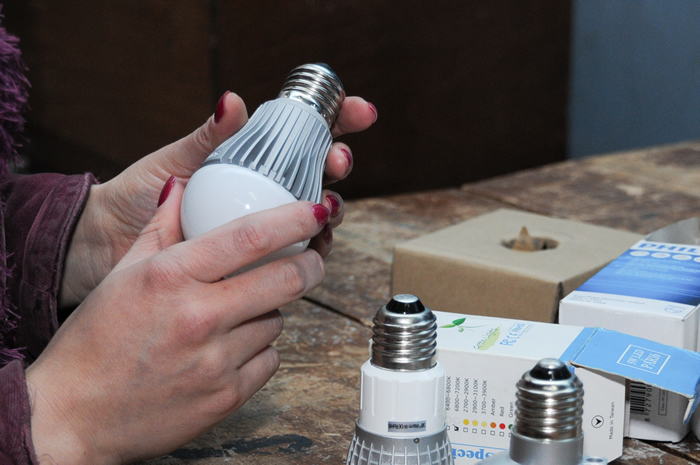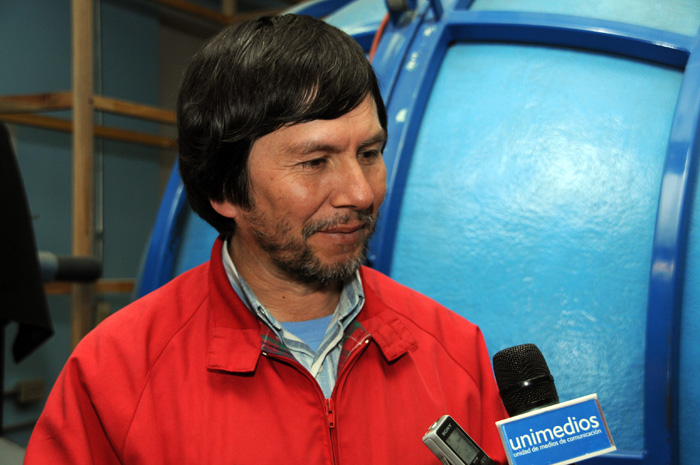Illumination varies depending on the activities to be carried out. Francisco Amórtegui, Professor of Electrical Engineering at Universidad Nacional de Colombia, asserts that for detail tasks such as surgery 5,000 lumens per square meter are needed, while for illuminating halls only 100 are needed. Regarding 4 square meter rooms, 1,000 lumens can be used.
For this reason, when buying a light bulb, looking at the number of lumens (lm) is more important than looking at the wattage (W). The first is a unit from the International System of Units to calculate the luminous flow. While watt is a unit used to express power.
The electrical engineer and technical manager of the trials carried at the Laboratory for Electrical and Industrial Trials (LABE, for its acronym in Spanish), mentioned that it is necessary to stop talking about light bulbs with watts. "We need to choose light bulbs depending on the number of lumens, since what is important is their luminosity."
"Fluorescent light bulbs are efficient for interiors, such as T5 and T8. T12 were the most common, but they are being removed from the market," explained the Professor. He also mentioned that sodium light bulbs are the best for public places.
People have to buy adequate luminaries depending on their needs; for instance, if a light bulb for a table lamp is needed, it is necessarily to find a directed one that avoids light to escape, but if the light bulb is for a room, then it is necessary to find one that permits light to spread out.
"Data on the product packages have to be real and people need to be alert with some products. Blue LEDs are currently being studied with phosphorus metrail, since they produce a very intense light for the human eye," explained the expert.
Labe
Since 1988, experiments to assess the quality of light bulbs are carried out at the Laboratory for Electrical and Industrial Trials (LABE, for its acronym in Spanish) in order to verify what producers offer in variables such as security and quality, for them to finally be certified by entities such as Icontec.
"We are part of this big team; we check if dangerous leaks exist, and we check if the promises made by producers are fulfilled for the product to be sold", explained the Professor, who mentioned that this tests have to be repeated each year for keeping the quality.
Quality control
Once light bulbs arrive to the lab, they are registered, and then a test process begins to assess each item, such as luminosity, increase in temperature, and lifetime, based on international regulations.
After this, light bulbs are returned to their producers with the corresponding approval.
Sedes
 Correo Electrónico
Correo Electrónico
 DNINFOA - SIA
DNINFOA - SIA
 Bibliotecas
Bibliotecas
 Convocatorias
Convocatorias
 Identidad UNAL
Identidad UNAL





